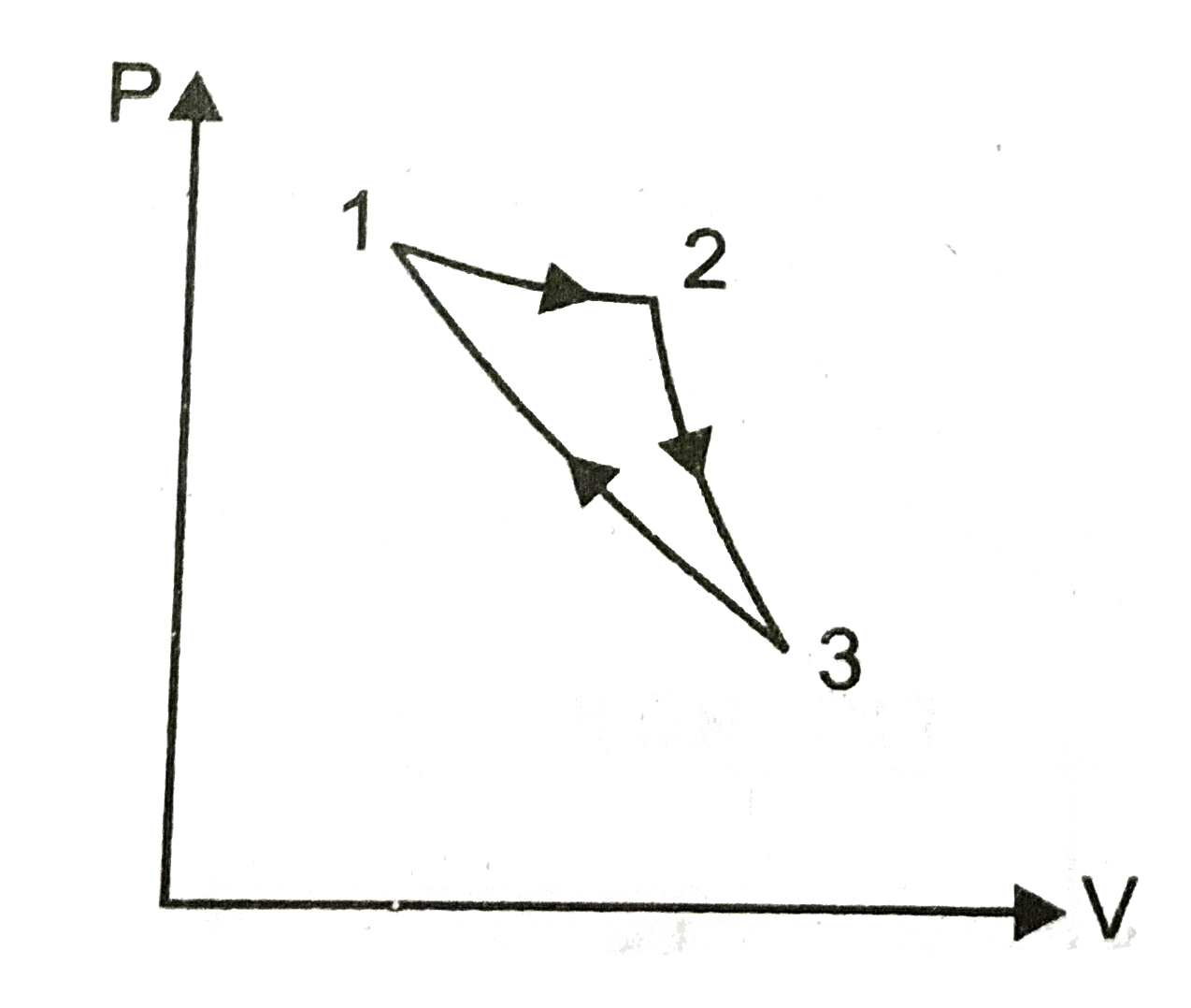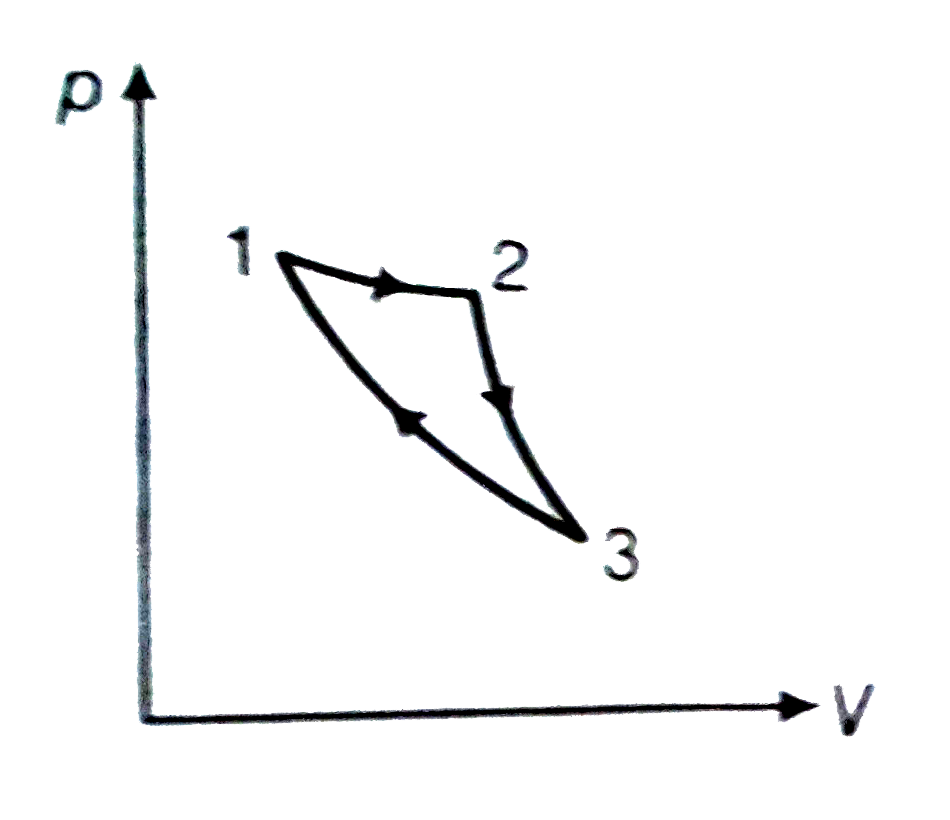PbI4 does not exist because:
iodine is not a reactive
Pb(IV) is oxidizing and I− is storng reducing agent
Pb(IV) is less table than Pb(II)
Pb4+ is not easily formed
The correct Answer is:B
To determine why PbI4 does not exist, let's analyze the situation step by step:
Step 1: Understand the oxidation states
Lead (Pb) can exist in multiple oxidation states, primarily +2 and +4. In the case of PbI4, lead would be in the +4 oxidation state.
Hint: Remember that elements can have multiple oxidation states, and the stability of these states can vary.
Step 2: Analyze the reactivity of iodine
Iodine can exist in various oxidation states, including -1 (as iodide, I−), 0 (as I2), +1, +3, +5, and +7. The iodide ion (I−) is a strong reducing agent, meaning it can donate electrons easily.
Hint: Consider the reactivity of halogens and their ability to form compounds in different oxidation states.
Step 3: Examine the properties of Pb4+
The Pb4+ ion is a strong oxidizing agent. This means it can accept electrons from other species, such as I−.
Hint: Identify the roles of oxidizing and reducing agents in chemical reactions.
Step 4: Reaction analysis
When Pb4+ reacts with I−, the I− can reduce Pb4+ to Pb2+ while itself being oxidized to I2. This reaction indicates that I− is not a strong enough reducing agent to stabilize Pb4+ in the form of PbI4.
Hint: Consider the stability of the products formed in redox reactions.
Step 5: Conclusion on the existence of PbI4
Since Pb4+ is oxidizing and I− is a strong reducing agent, the formation of PbI4 is not feasible. Instead, the more stable compound PbI2 is formed, which corresponds to the Pb2+ state.
Hint: Reflect on how the stability of oxidation states affects the formation of compounds.
Final Answer
Thus, PbI4 does not exist primarily because Pb4+ is a strong oxidizing agent, and I− is a strong reducing agent, leading to the formation of PbI2 instead.
Lead (Pb) can exist in multiple oxidation states, primarily +2 and +4. In the case of PbI4, lead would be in the +4 oxidation state.
Iodine can exist in various oxidation states, including -1 (as iodide, I−), 0 (as I2), +1, +3, +5, and +7. The iodide ion (I−) is a strong reducing agent, meaning it can donate electrons easily.
The Pb4+ ion is a strong oxidizing agent. This means it can accept electrons from other species, such as I−.
When Pb4+ reacts with I−, the I− can reduce Pb4+ to Pb2+ while itself being oxidized to I2. This reaction indicates that I− is not a strong enough reducing agent to stabilize Pb4+ in the form of PbI4.
Since Pb4+ is oxidizing and I− is a strong reducing agent, the formation of PbI4 is not feasible. Instead, the more stable compound PbI2 is formed, which corresponds to the Pb2+ state.
Thus, PbI4 does not exist primarily because Pb4+ is a strong oxidizing agent, and I− is a strong reducing agent, leading to the formation of PbI2 instead.
Topper's Solved these Questions
- p-BLOCK ELEMENTSBOOK - VK JAISWAL ENGLISHCHAPTER - p-BLOCK ELEMENTSEXERCISE - LEVEL 2
97 Videos
- p-BLOCK ELEMENTSBOOK - VK JAISWAL ENGLISHCHAPTER - p-BLOCK ELEMENTSEXERCISE - LEVEL 3 (PASSAGE TYPE)
17 Videos
- METALLURGYBOOK - VK JAISWAL ENGLISHCHAPTER - METALLURGYEXERCISE - ASSERTION-REASON TYPE QUESTIONS
29 Videos
- PERIODIC PROPERTIESBOOK - VK JAISWAL ENGLISHCHAPTER - PERIODIC PROPERTIESEXERCISE - MATCH THE COLUMN
11 Videos
Similar Questions
Iron forms iron halides salts by reacting the metal directly with halogen. FeI3 does not exist. FeF3 is white soled inspite of five unpaired electrons with d5 configuration . FeCl3 is soluble in water and is used as a mordant in dyeing industry.
Q.FeI3 does not exist because:
View SolutionPbCl4 exists , but PbBr4 and Pbl4 do not exist because of
View Solution
Knowledge Check
Which does not exist ?
A[CCl6]2−B[SiCl6]2−C[GeF6]2−D[SnCl6]2−Consider a cycle followed by an engine, (figure)
1 to 2 is isothermal 2 to 3 is adiabatic 3 to 1 is adiabatic
such a process does not exist because Aheat is completely converted to mechanical energy in such a process which is not possibleBmechanical energy is completely converted to heat in this process, which is not possibleCcurves representing two adiabatic processes can intersectDcurves representing an adiabatic process and an isothermal process don't intersect
Aheat is completely converted to mechanical energy in such a process which is not possibleBmechanical energy is completely converted to heat in this process, which is not possibleCcurves representing two adiabatic processes can intersectDcurves representing an adiabatic process and an isothermal process don't intersect
If f(x)=3x−5, then f−1(x) (a) is given by 1(3x−5) (b) is given by (x+5)3 (c) does not exist because f is not one-one (d) does not exist because f is not onto
View Solutionlimx→1√1−cos2(x−1)x−1 a. exists and its equals √2 b. exists and its equals √−2 c.does not exist because x−1→0 d. L.H.L not equal R.H.L
View SolutionIf f(x)=3x−5, then f−1(x) is given by (a) 1(3x−5) (b) (x+5)3 (c)does not exist because f is not one-one (d)does not exist because f is not onto
View SolutionConsider a cycle followed by an engine (figure.)

1 or 2 is isothermal
2 to 3 is adiabatic
3 to 1 is adiabatic
Such a process does not exist, because
View SolutionAssertion : PbI4 doesn't exist and converts into PbI2andI2 spontaneously at room temperature but PbCl4 needs heatin to convert into PbCl2andCl2.
Reason : Pb2+ is more stable than Pb4+due to inert pair effect.
View SolutionAssertion : PbI4 doesn't exist and converts into PbI2andI2 spontaneously at room temperature but PbCl4 needs heatin to convert into PbCl2andCl2.
Reason : Pb2+ is more stable than Pb4+due to inert pair effect.
View Solution
